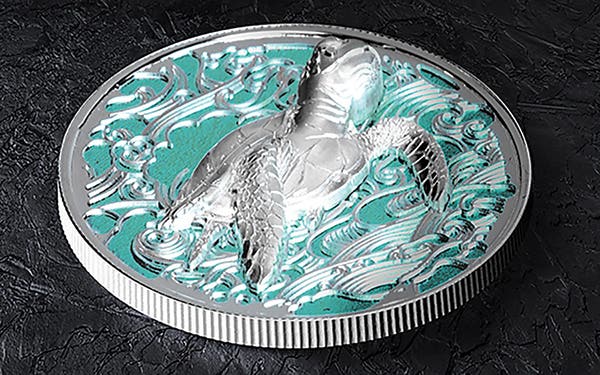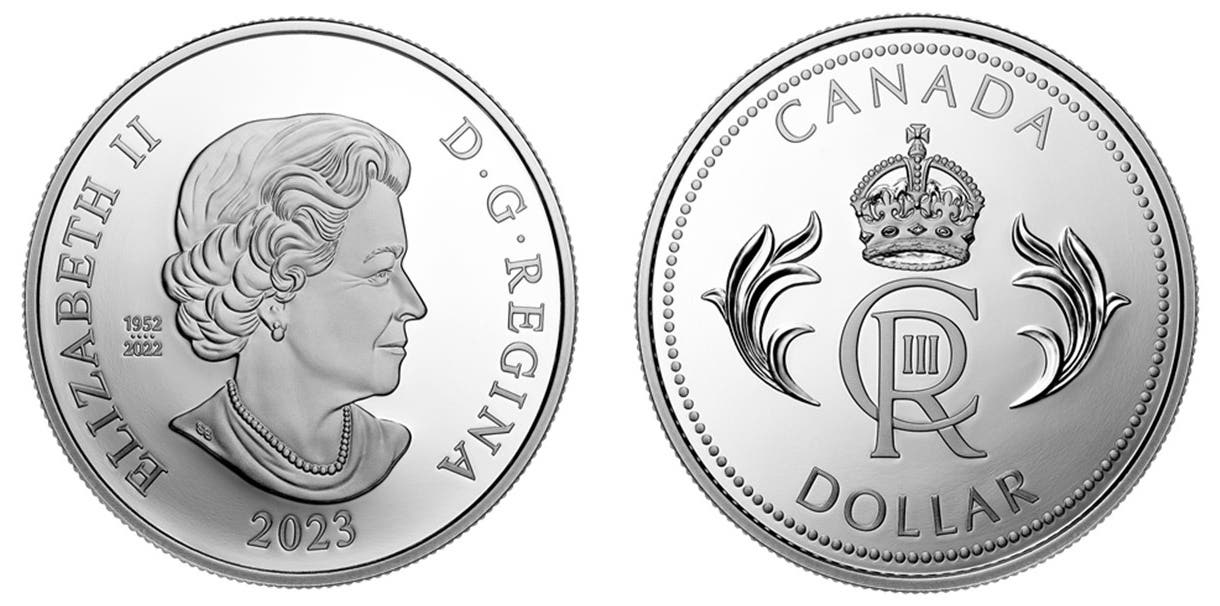India threatens legal action if coin is refused
The U.S. golden dollar coins may not be popular, but at least you won’t face legal action if you refuse to accept them. The same is not true if you…
The U.S. golden dollar coins may not be popular, but at least you won’t face legal action if you refuse to accept them. The same is not true if you refuse to accept the 10-rupee coin in commerce in India.
On Sept. 20 the Reserve Bank of India confirmed the much-embattled 10-rupee coin is still in circulation despite rumors otherwise, while stating anyone who refuses to accept the coin could face legal action. It appears this harsh warning may be necessary since the public is widely rejecting the coin, even if it is for all the wrong reasons.
The forerunner to the current coin was introduced in 2007 at the same time as the Hasta Mudra coin series. Coins were issued in denominations of 50 paise, 1, 2, 5 and 10 rupees. The Hasta Mudras are hand gestures from Indian classical dance. The 10-rupee coin was not part of the series and has a different image on it in each year it was issued. The coin was re-introduced in 2011 with the 10-rupee symbol. This symbol is now displayed consistently on all rupee denominated coins. The 10-rupee coin is comprised of a copper-nickel center and an aluminum-bronze ring. It is minted at government facilities at Kolkta, Mumbai, Noida and in Hyderabad at Saifabad and Cherlapally.
In early July a rumor spread across Agra and other cities in India that the 10-rupee coin had been demonetized. The July 18 issue of the Times of India newspaper reported the rumor being started by someone posting a message on WhatsApp. Merchants began refusing the denomination, while people rushed to banks to exchange the coins for bank notes. An added problem for the coin is that the 10-rupee bank note has not been withdrawn.
Agra banking district manager Pankaj Saxena announced, “There is no such move by the RBI to withdraw 10-rupee coins, and an FIR could be registered against a person for refusing a legal form of money. I have come across this rumor which is doing the rounds. Bank officials have been asked to spread awareness among people and tell them not to panic.”
Saxena added that banks are still required to exchange the coins for bank notes, “But there is no such need for this as there is no announcement of withdrawal of the coins.”
It didn’t matter what he or other bankers said. The damage was already done. The 50-paise coin was also being rejected by merchants due to similar rumors.
On July 22 Standard Bank of India Assistant Manager for Neelam Chowk A.K. Ahuja made this clear through the Times of India. Ahuja was quoted as saying: “The rumor that is being circulated is wrong, the RBI has not issued any guidelines regarding the banning of the 10-rupee coin and any person who refuses to accept a legal form of money can be booked under Section 489A to 489E of the India Penal Code.”
The same day, the newspaper quoted an unnamed resident of Tigaon as saying, “Even big shopkeepers have refused to accept the coins, leave alone the smaller ones. You simply cannot argue with them; they won’t sell their product to you if a 10-rupee coin is being offered.”
The problem has continued, and perhaps may be getting worse. The Sept. 20 Hindustan Times newspaper said, “Reports have poured in of shopkeepers, kiosks owners, and auto rickshaw drivers in and around Delhi returning 10-rupee coins and asking for currency notes after a WhatsApp message, shared widely, claimed the coin was declared invalid by the central bank.”
The newspaper article continues, “Some rumors said counterfeit coins in two designs had flooded the market. The others claimed the RBI had phased out the coins and those in circulation were fake. There was also talk of the gold polish coming off.”
RBI spokesman Alpana Kilawala struck back, “People should not hesitate in using the coins for transactions as these coins are legal tender.”
This is a continuing saga at the time this article is being written. The Reserve Bank of India may have to re-think if both the coin and bank note of the same denomination will continue to circulate simultaneously.
This article was originally printed in World Coin News.
>> Subscribe today or get your >> Digital Subscription
More Collecting Resources
• Check out the newly-updated Standard Catalog of World Coins, 2001-Date that provides accurate identification, listing and pricing information for the latest coin releases.
• The Standard Catalog of World Coins, 1901-2000 is your guide to images, prices and information on coinage of the 1900s.








